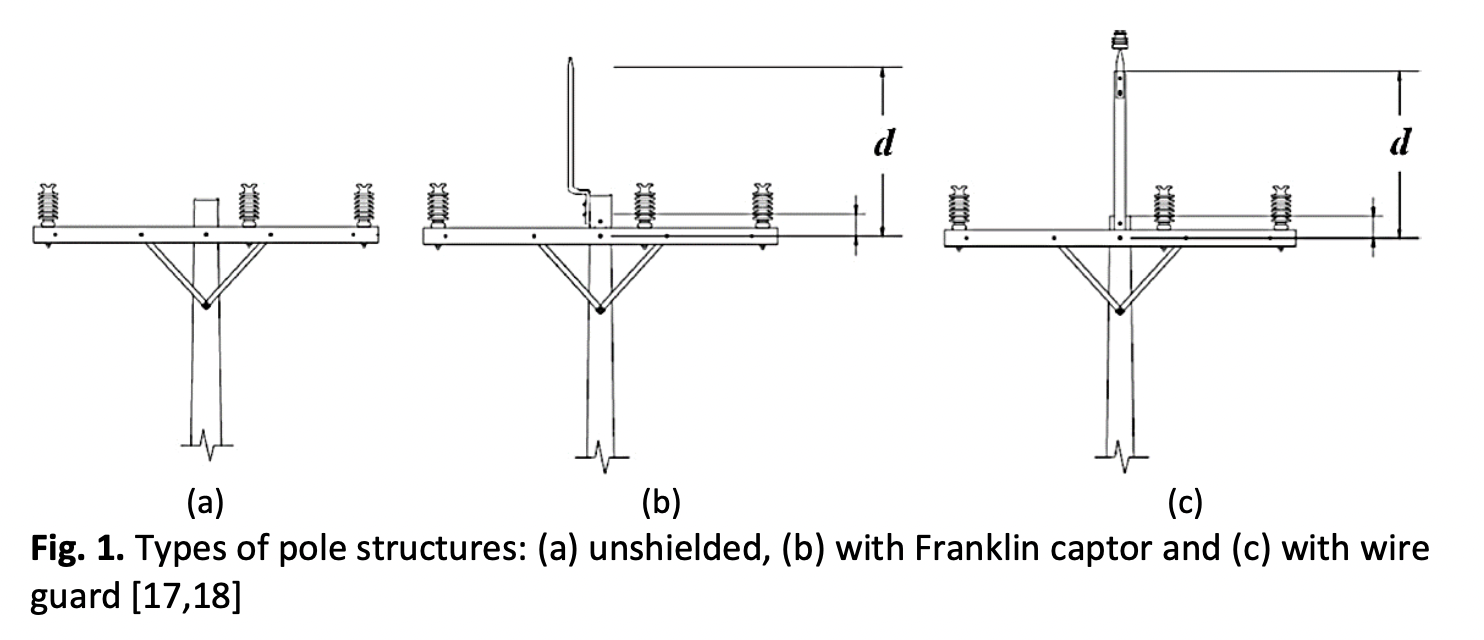Overview of Distribution System Reliability Optimization Against Lightning
DOI:
https://doi.org/10.37934/araset.43.1.131143Keywords:
Lightning protection system, distribution system reliability optimization, system transients modeling, failure rate estimationAbstract
The reliability of the distribution system relies on the occurrence of lightning phenomena, which can significantly affect the distribution of electricity and result in power service disruptions. Therefore, ensuring the reliability of the distribution system is an ongoing challenge that necessitates continuous research for optimal solutions. Researchers have always developed solutions that are always up to date by leveraging advancements in mathematics, engineering technology, and management strategies. This paper presents a comprehensive summary and discussion of various optimization models for enhancing system reliability. It offers an overview of commonly employed mathematical programming techniques and algorithms for Lightning Protection Systems (LPSs), while also highlighting the influence of lightning phenomena on these solutions. The focus of this paper is to present the engineering aspects behind the development of modern LPSs. It encompasses historical reliability data, technical limitations, and economic considerations. By utilizing operations research and optimization theory, researchers have been able to devise more effective approaches for addressing reliability issues, even in highly intricate systems across different domains. Technological advancements have prompted researchers to adopt a new perspective on solving reliability problems, based on practical engineering requirements. In conclusion, the continuous progress in mathematics, engineering technology, and management approaches has enabled researchers to tackle the challenges associated with distribution system reliability. This paper serves as a valuable resource, providing insights into the development of modern LPSs and offering guidance on optimizing system reliability in various practical engineering scenarios.
Downloads





























